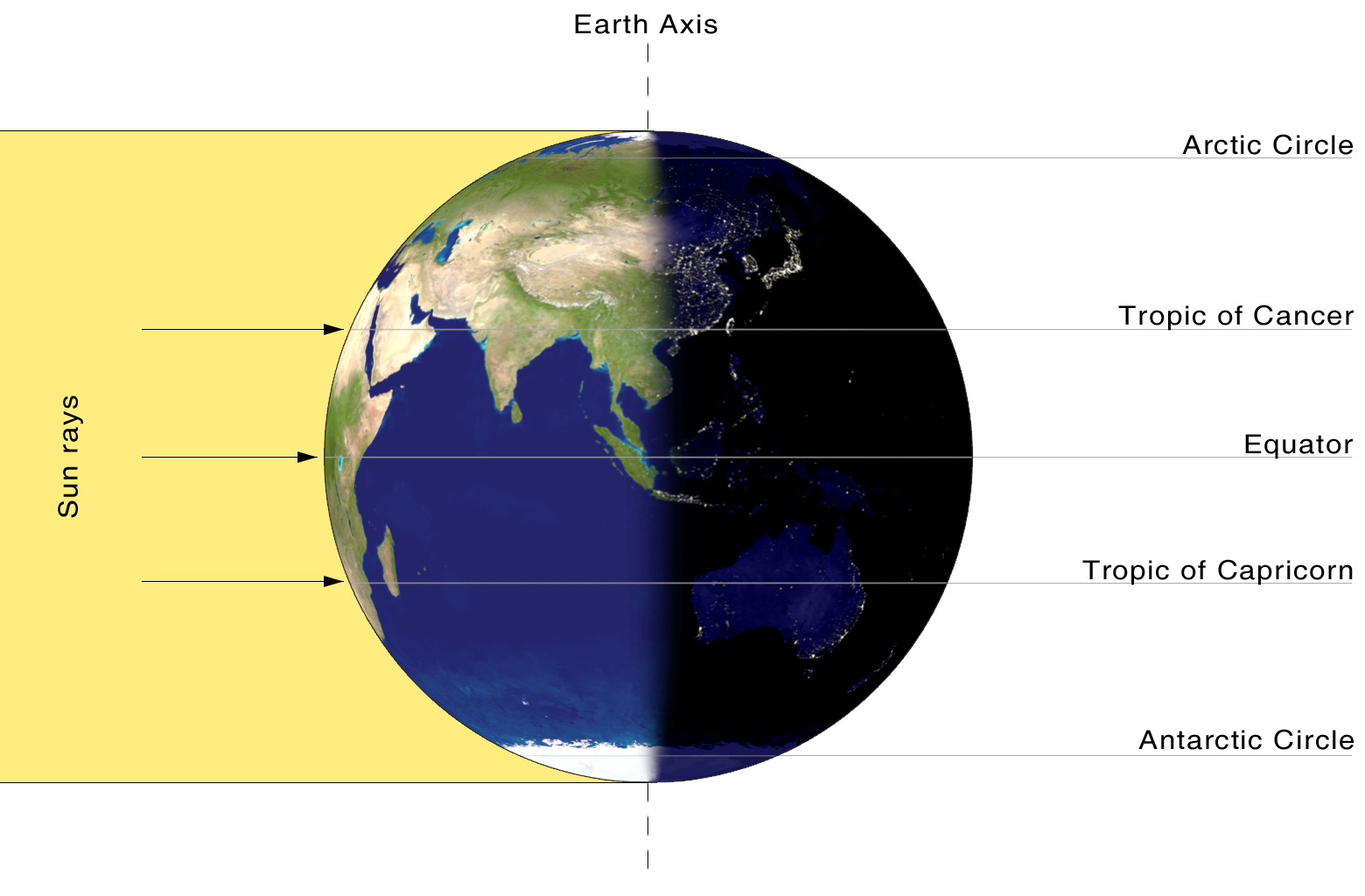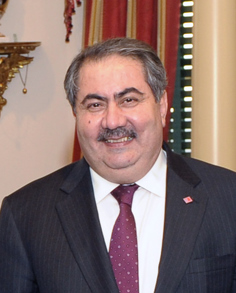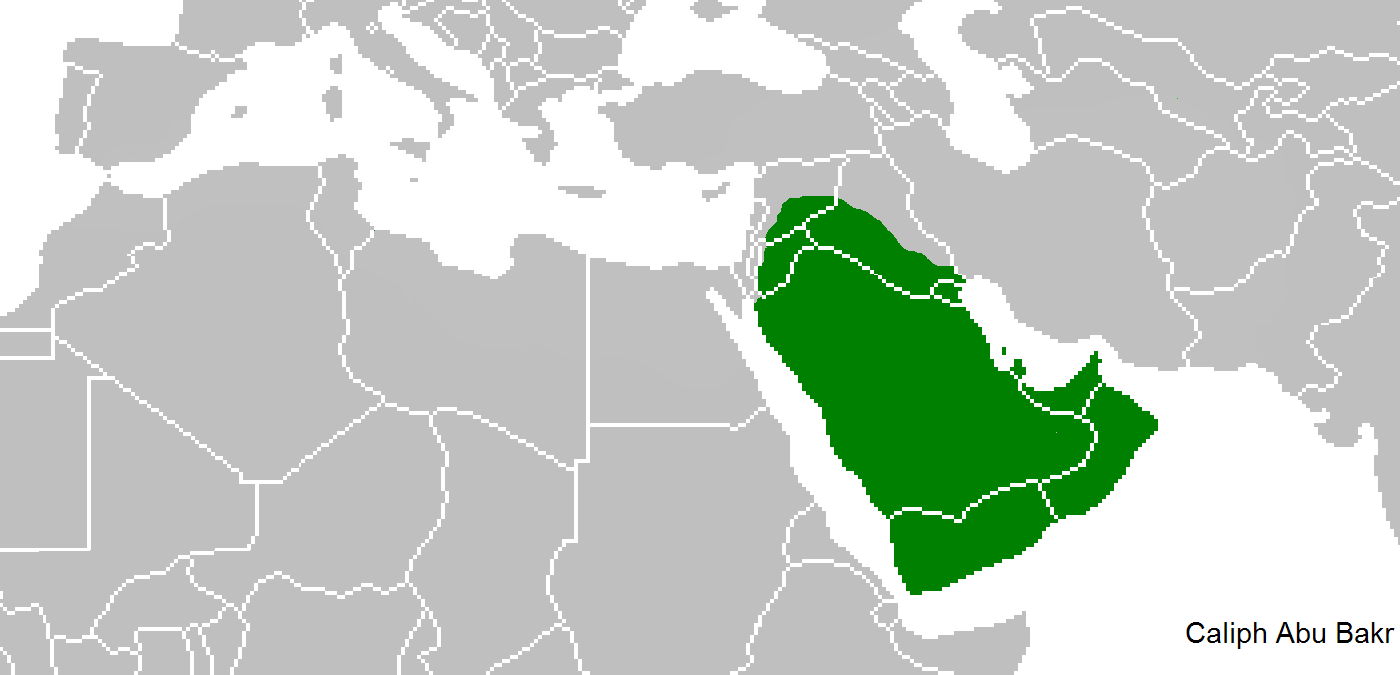|
Novruz
Nowruz (, , () , () , () , () , Kurdish: () , () , () , () , , , , () , , ) is the Iranian or Persian New Year. Historically, it has been observed by Iranian peoples, but is now celebrated by many ethnicities worldwide. It is a festival based on the Northern Hemisphere spring equinox, which marks the first day of a new year on the Iranian calendars and the currently used Solar Hijri calendar; it usually coincides with a date between 19 March and 22 March on the Gregorian calendar. The roots of Nowruz lie in Zoroastrianism, and it has been celebrated by many peoples across West Asia, Central Asia, the Caucasus and the Black Sea Basin, the Balkans, and South Asia for over 3,000 years. In the modern era, while it is observed as a secular holiday by most celebrants, Nowruz remains a holy day for Zoroastrians, Baháʼís, and Ismaʿili Shia Muslims. For the Northern Hemisphere, Nowruz marks the beginning of spring. Customs for the festival include ... [...More Info...] [...Related Items...] OR: [Wikipedia] [Google] [Baidu] |
Haft-Sin
Haft Seen or Haft sin () (lit: "Seven S's") is an arrangement of seven symbolic items whose names start with the letter "Shin (letter), س" (pronounced as "seen"), the 15th letter in the Persian alphabet; "haft" (هفت) is Persian language, Persian for "seven". It is traditionally displayed at Nowruz, the Iranian New Year, which is celebrated on the day of the March equinox, vernal equinox, marking the beginning of spring in the Northern Hemisphere. Items of Haft-seen The following are the primary items of Haft-seen, whose Persian language, Persian names begin with the letter ''S'' in the Persian alphabet. # () – wheat, barley, mung bean, or lentil sprouting, sprouts grown in a dish. #Samanu, () – cereal germ, wheat germ sweet pudding. # () – oleaster. # () – vinegar. # () – apple. # () – garlic. # () – sumac. Coins (سکه ''sekke''), hyacinth (سنبل ''sonbol''), and clock (ساعت ''saa'at'') are sometimes included too. Other symbolic items that are typic ... [...More Info...] [...Related Items...] OR: [Wikipedia] [Google] [Baidu] |
Afghans In Germany
German Afghans () are German citizens with Afghan ancestry and non-citizen residents born in, or with ancestors from, Afghanistan. It is the largest Afghan community in Western Europe and part of the worldwide Afghan diaspora, of which it is one of the largest. In 2022, the Federal Statistical Office of Germany estimated the number of people of Afghan descent residing in Germany at 425,000 the third largest from outside the EU, and the largest group from Asia excluding the Middle East and Caucusus. In particular, there are over 50,000 Afghans in Hamburg alone, comprising about 2,7% of the city's population (as of 2023). Therefore, the residents focused internally on their own families and keeping them together. The large Afghan community in Hamburg make the city feel like home to many German Afghans, despite the low-lying port city contrasting to the mountainous and landlocked Afghanistan. The single state with the most Afghan citizens as of 2017 was Bavaria followed by Hesse and ... [...More Info...] [...Related Items...] OR: [Wikipedia] [Google] [Baidu] |
Iranians In The Netherlands
Iranians in the Netherlands (; ) form one of the newer and larger populations of the Iranian diaspora in Europe. Terminology Iranians in the Netherlands have commonly been referred to as Dutch Iranians () or Iranian Dutch (), in addition to Dutch Persians () or Persian Dutch (). However, one scholar who used the term "Dutch Iranians" also expressed reservations over the validity of such a "Hyphenated ethnicity, hyphenated notion of identity" in the Dutch context, in comparison to the less problematic term "Iranian Americans, Iranian American". Other collective terms used to refer to the Iranian diaspora in the Netherlands include "Iranian community" (), "Persian community" (), and simply "Persians" (). Migration history Though the Netherlands had a nominally Persian population since the early seventeenth century, this consisted mostly of Armenians in the Netherlands, Armenian merchants (the so-called ), who, by the beginning of the nineteenth century, had largely assimilated ... [...More Info...] [...Related Items...] OR: [Wikipedia] [Google] [Baidu] |
Afghans In The Netherlands
South Asians in the Netherlands ( Dutch: ''Zuid-Aziaten in Nederland''), also referred to as South Asian Dutch (''Zuid-Aziatische Nederlanders'') or Dutch South Asians (''Nederlandse Zuid-Aziaten''), are citizens or residents of the Netherlands whose ancestry traces back to South Asia. They are a subcategory of Dutch Asians. The majority of the South Asian community in the Netherlands are Indo-Caribbean and migrated mainly from Suriname, a former Dutch colony in the Caribbean and South America. There is a smaller amount of South Asians, coming directly from South Asia, mainly from India, Pakistan and Afghanistan. South Asians in the Netherlands retain their cultural and religious identities, with many establishing their own communities while also integrating into Dutch society. History The initial South Asian settlers in the Netherlands were Indian traders, small-scale entrepreneurs, and textile industry workers from Punjab who arrived in the 1940s and 1950s. In the 1970s, ... [...More Info...] [...Related Items...] OR: [Wikipedia] [Google] [Baidu] |
Iranian Jews
Iranian Jews, (; ) also Persian Jews ( ) or Parsim, constitute one of the oldest communities of the Jewish diaspora. Dating back to the History of ancient Israel and Judah, biblical era, they originate from the Jews who relocated to Iran (historically known as Name of Iran, Persia) during the time of the Achaemenid Empire. Books of the Hebrew Bible (i.e., Book of Esther, Esther, Book of Isaiah, Isaiah, Book of Daniel, Daniel, Book of Ezra, Ezra, and Book of Nehemiah, Nehemiah) bring together an extensive narrative shedding light on contemporary Jewish life experiences in History of Iran, ancient Iran; there has been a continuous History of the Jews in Iran, Jewish presence in Iran since at least the time of Cyrus the Great, who led Immortals (Achaemenid Empire), Achaemenid army's conquest of the Neo-Babylonian Empire and subsequently freed the Kingdom of Judah, Judahites from the Babylonian captivity. After 1979, Jewish emigration from Iran increased dramatically in light of t ... [...More Info...] [...Related Items...] OR: [Wikipedia] [Google] [Baidu] |
Religion In Israel
Religion in Israel is manifested primarily in Judaism, the ethnic religion of the Jews, Jewish people. The Israel, State of Israel declares itself as a "Jewish and democratic state" and is the only country in the world with a Jewish-majority population (see Jewish state). Other faiths in the country include Islam (predominantly Sunni Islam, Sunni), Christianity (mostly Melkite Greek Catholic Church, Melkite and Greek Orthodox Church of Jerusalem, Orthodox) and the religion of the Druze, Druze people. Religion plays a central role in national and civil life, and almost all Israeli citizenship law, Israeli citizens are automatically registered as members of the state's Millet (Ottoman Empire)#Post-Ottoman use, 14 official religious communities, which exercise control over several matters of personal status, especially Marriage in Israel, marriage. These recognized communities are Orthodox Judaism (administered by the Chief Rabbinate of Israel, Chief Rabbinate), Islam, the Druze fait ... [...More Info...] [...Related Items...] OR: [Wikipedia] [Google] [Baidu] |
Ministry Of Foreign Affairs (Iraq)
Ministry of Foreign Affairs of the Republic of Iraq is a Federal government of Iraq, central government ministry of Iraq, responsible for formulating foreign policy and conducting Foreign relations of Iraq, foreign relations of the country. Organisation Iraq maintains 86 Diplomatic missions worldwide. List of ministers The following is a list of foreign ministers of Iraq since 1924: Kingdom of Iraq (1921–1958) *1924–1930: the List of Prime Ministers of Iraq, prime ministers *1930–1931: Abdullah Al Damluji, Abdullah Bey al-Damluji *1931–1932: Ja'far al-Askari *1932–1933: Abdul Qadir Rashid *1933–1934: Nuri al-Said *1934: Abdullah Bey al-Damluji *1934: Tawfiq al-Suwaidi *1934–1936: Nuri al-Said *1936–1937: Naji al-Asil *1937–1938: Tawfiq al-Suwaidi *1938–1939: Nuri al-Said *1939–1940: Ali Jawdat Al-Ayyubi *1940–1941: Nuri al-Said *1941: Ali Mahmud al-Shaykh *1941: Taha al-Hashimi *1941: Tawfiq al-Suwaidi *1941: Musa al-Shabandar *1941: Ali Jawdat Al-Ayyubi * ... [...More Info...] [...Related Items...] OR: [Wikipedia] [Google] [Baidu] |
Iraqi Turkmen
The Iraqi Turkmen (, عراق تورکمنلری; Arabic: تركمان العراق), also referred to as Iraqi Turks, (, عراق توركلری; ) are the third largest ethnic group in Iraq. They make up to 10%–13% of the Iraqi population. Iraqi Turkmens are descendants of Turkish people, Turkish settlers from the time of Ottoman Iraq, and are closely related to Syrian Turkmen, Syrian Turkmens and Azerbaijanis, Azerbaijani people. Turkmen in Iraq do not closely identify with the traditionally-nomadic Turkmens of Central Asia and Iran.: "Turkmen, Iraqi citizens of Turkmen seljukh origin, are the third largest ethnic group in Iraq after Arabs and Kurds and they are said to number about 3 million of Iraq's 34.7 million citizens according to the Iraqi Ministry of Planning." Ethnonyms According to Iraqi Turkmen scholar Professor Suphi Saatçi, prior to the mid-20th century the Turkmens in Iraq were known simply as "Turks". It was not until after the military coup of 14 July 195 ... [...More Info...] [...Related Items...] OR: [Wikipedia] [Google] [Baidu] |
Kurds In Iraq
The Iraqi Kurds (, ) are the second largest ethnic group of Iraq. They traditionally speak Kurdish languages, the Kurdish languages of Sorani, Kurmanji, Feyli (tribe), Feyli and also Gorani language, Gorani. Historically, Kurds in Iraq have experienced varying degrees of autonomy and marginalization. While the Treaty of Sèvres (1920) proposed Kurdish independence, this was never implemented, and Iraqi Kurds were incorporated into the modern state of Iraq. Following the withdrawal of the Iraqi Army from the Kurdistan Region in 1991, the Government of Kurdistan Region, Kurdistan Regional Government (KRG) was established, granting the region a degree of self-governance. Iraqi Kurdistan remains a significant political and cultural entity within Iraq. History The Kurdish people are an ethnic group whose origins are in the Middle East. They are one of the largest ethnic groups in the world that do not have a state of their own. This geo-cultural region means "Land of the Kurds". Kurd ... [...More Info...] [...Related Items...] OR: [Wikipedia] [Google] [Baidu] |
Shia Islam In India
Shia Islam was brought to the Indian subcontinent during the final years of the Rashidun Caliphate. The Indian subcontinent also served as a refuge for some Shias escaping persecution from Umayyad Caliphate, Umayyads, Abbasids, Ayyubid dynasty, Ayyubids, and Ottoman Empire, Ottomans. The immigration continued throughout the second millennium until the formation of modern nation-states. Shi'ism also won converts among the local population. Shia Islam has a long history and deep roots in the subcontinent. However, the earliest major political influence was that of the Shia dynasties in Deccan. It was here that the indigenous and distinct Shia culture took shape. After the conquest of Golconda Fort, Golconda by Mughal Empire, Mughal emperor Aurangzeb in the 17th century and subsequent establishment of hereditary governorship in Nawab of Awadh, Awadh after his death, Lucknow became the nerve center of Indian Shi'ism. In the 18th century, intellectual movements of Islamic puritanism ... [...More Info...] [...Related Items...] OR: [Wikipedia] [Google] [Baidu] |
Deccanis
The Deccanis or Deccani people are an Indo-Aryans, Indo-Aryan ethno-religious community of Deccani language, Deccani-speaking Muslims who inhabit or are from the Deccan region of India. The community traces its origins to the shifting of the Delhi Sultanate's capital from Delhi to Daulatabad Fort, Daulatabad in 1327 during the reign of Muhammad bin Tughluq. Further ancestry can also be traced from immigrant Muslims referred to as Afāqi, Afaqis, also known as Pardesis who came from Central Asia, Iraq and Iran and had settled in the Deccan region during the Bahmani Sultanate (1347). The migration of Muslim Hindustani language, Hindavi-speaking people to the Deccan and intermarriage with the local Hindus who converted to Islam, led to the creation of a new community of Hindustani language, Hindustani-speaking Muslims, known as the Deccani, who would come to play an important role in the politics of the Deccan. Their language, Deccani, emerged as a language of linguistic prestige and c ... [...More Info...] [...Related Items...] OR: [Wikipedia] [Google] [Baidu] |
Kashmiris
Kashmiris () also known as Koshurs are an Indo-Aryan peoples, Indo-Aryan ethnolinguistic group speaking the Kashmiri language and originating from the Kashmir Valley, which is today located in Indian-administered Jammu and Kashmir (union territory), Jammu and Kashmir. History The earliest known Neolithic sites in the Kashmir valley are from around 3000 BCE. The most important sites are at Burzahom. During the later Vedic period, the Uttarakuru, Uttara–Kurus settled in Kashmir. During the reign of Ashoka (304–232 BCE), Kashmir became part of the Maurya Empire and the city of Srinagari (Srinagar) was built. Kanishka (127–151 CE), an emperor of the Kushan dynasty, conquered Kashmir. In the eighth century, during the Karkota Empire, Kashmir grew as an imperial power. Lalitaditya Muktapida defeated Yashovarman of Kanyakubja and conquered the eastern kingdoms of Magadha, Kamarupa, Gauḍa (region), Gauda, and Kalinga (historical kingdom), Kalinga. He defeated the Arabs ... [...More Info...] [...Related Items...] OR: [Wikipedia] [Google] [Baidu] |







